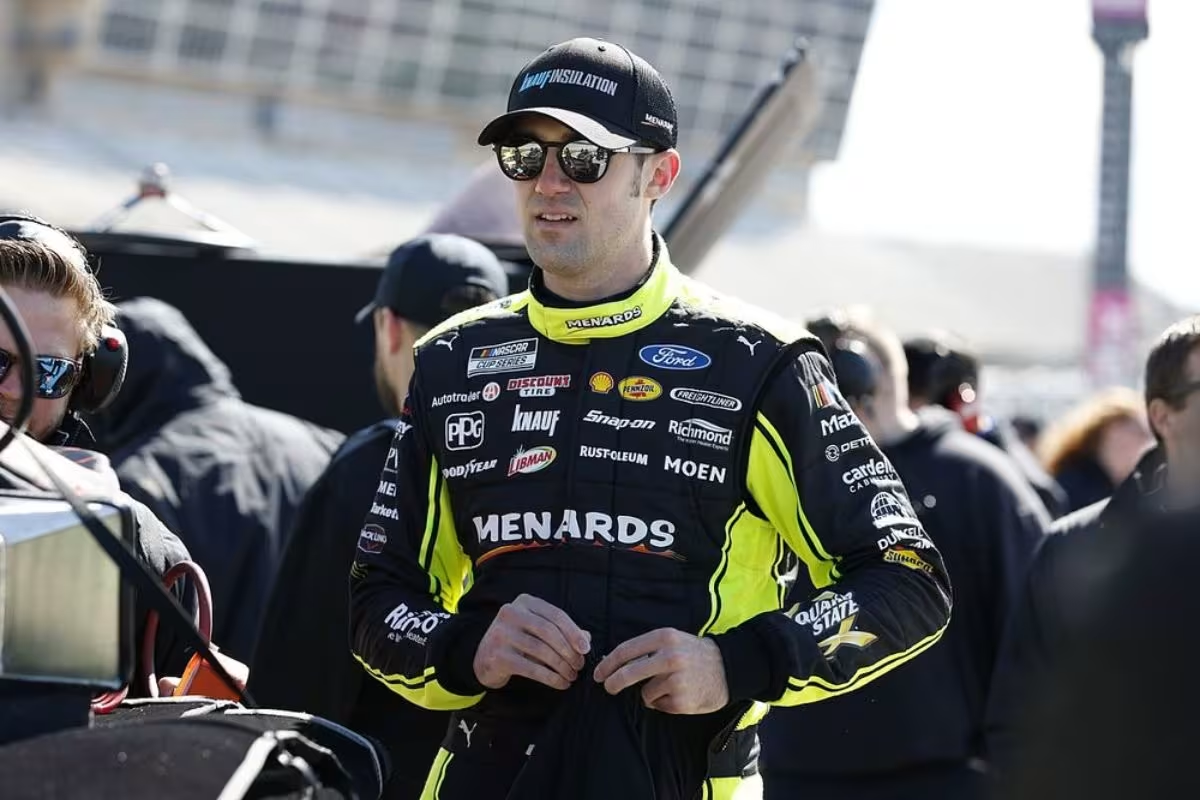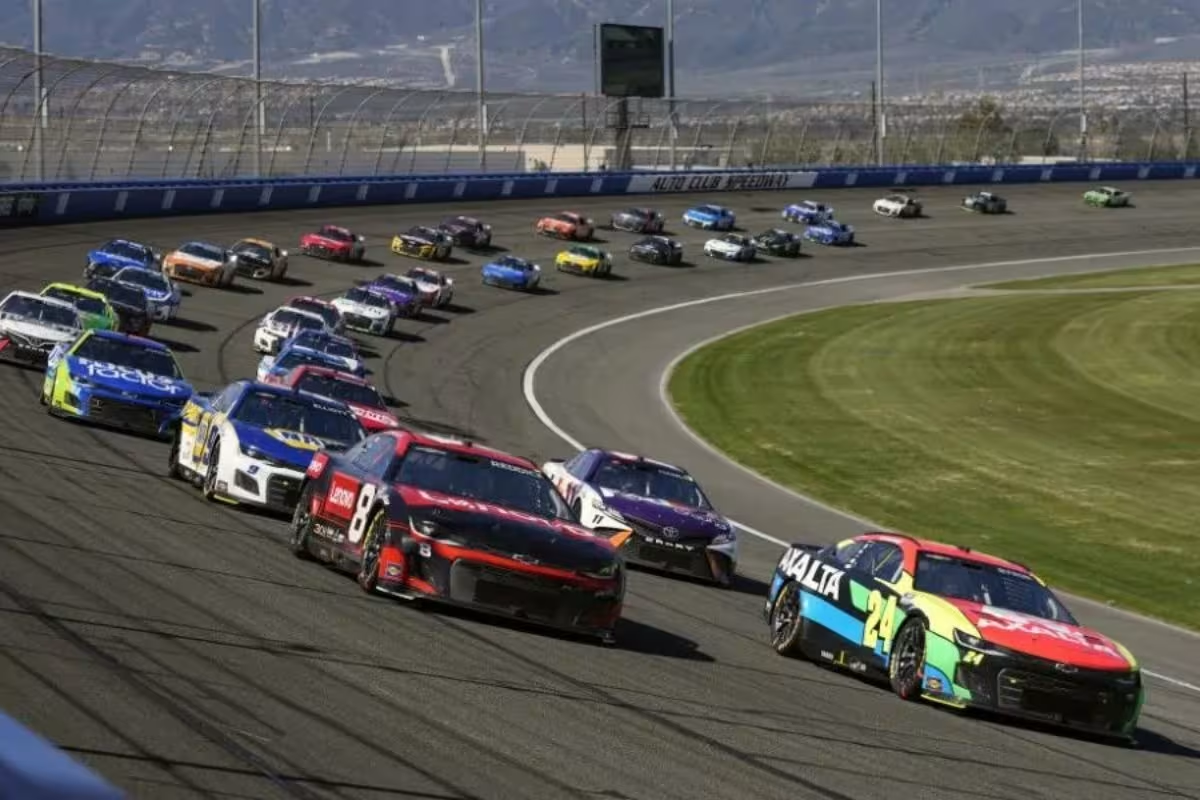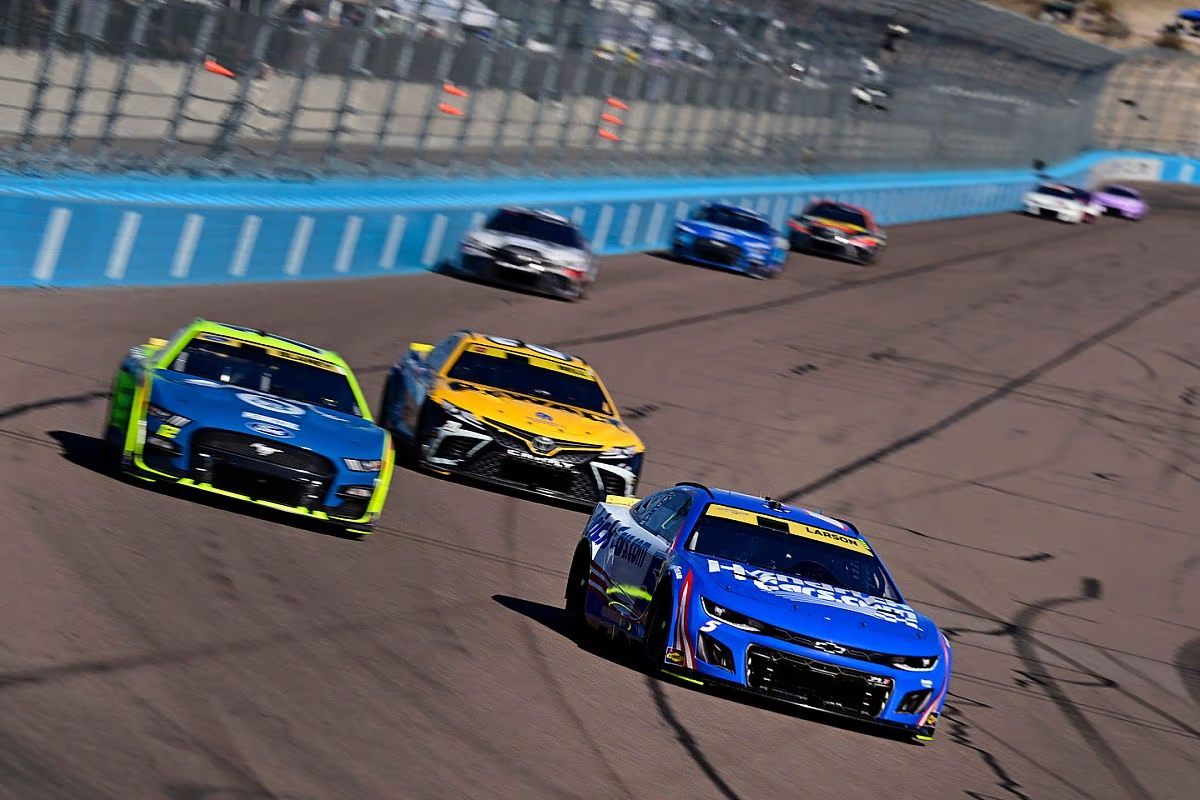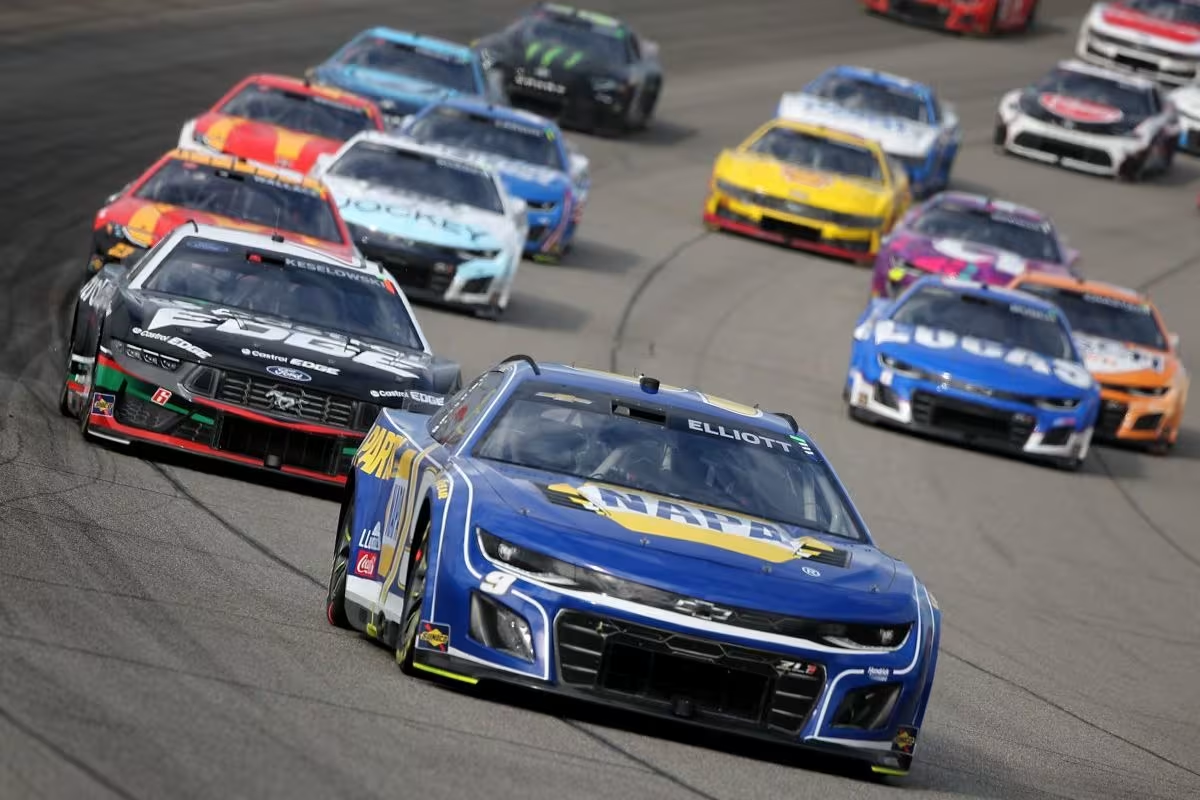Austin Cindric’s Disturbing Insight: Austin Cindric‘s recent comments have led to important questions about the connection between politics and safety in NASCAR. There are concerns that following rules might sometimes take priority over protecting drivers. These observations suggest that it’s time to rethink how decisions are made in the sport, especially given past incidents that show the ongoing dangers drivers face. As the NASCAR community reflects on these issues, a key question remains: how can the sport balance competitive integrity with the critical need for safety?
Key Highlights
- Austin Cindric emphasizes that political influences often overshadow critical safety decisions in NASCAR.
- Recent incidents, like Corey LaJoie’s flip, shows the urgent need for reassessing safety protocols.
- Cindric points out accountability gaps in decision-making regarding driver safety measures.
- The balance between regulatory compliance and driver protection is a growing concern in NASCAR.
- Continuous innovation and data-driven decisions are essential to prioritize safety over political pressures in the sport.
Background on Safety Modifications
In the domain of motorsport, safety remains a concern, particularly in disciplines as high-speed and unpredictable as NASCAR. The recent discussions surrounding safety modifications, particularly in regard to the YellaWood 500, underscore the ongoing efforts to improve driver protection. Following incidents that have raised alarm about cars flipping during races, the practice of structural changes, such as the new roof rail, has gained . This modification aims to mitigate the risks associated with rollovers, a big area of concern on the 2.66-mile Talladega Superspeedway track.
Austin Cindric, the victor at the World Wide Technology Raceway, has expressed his thoughts regarding these developments. In a video interview, he acknowledged that while he has seen limited visual data regarding the modifications, he understands that the decision-making process involves intricate analysis beyond mere appearances. Such insights reveal the complexity of safety engineering in NASCAR, where every design change must consider the multifaceted nature of high-speed racing dynamics.
Moreover, the history of safety innovations in NASCAR demonstrates a commitment to continuous improvement. From the introduction of the HANS device to advances in barrier technology, the series has progressively adapted to emerging challenges.
Cindric’s Comments on Decision-Making
How do the intricacies of decision-making in NASCAR shape the evolution of safety protocols? Austin Cindric’s remarks highlight a complex interplay between political influences and data-driven strategies that govern safety measures in the sport.
“There’s a lot of politics, not just data that go behind making those decisions,”-(cindric)
Recent incidents, such as Corey LaJoie’s frightening flip at Michigan and Kyle Sieg’s barrel roll in the Xfinity Series, the urgency for effective safety improvements. Cindric’s acknowledgment that decisions need to be made, despite his inability to specific solutions, reflects a critical gap in the decision-making process. This raises questions about accountability and the preference of driver safety over other competing interests.
View this post on Instagram
Key considerations in NASCAR’s decision-making framework include:
- Data Analysis: The role of crash data in shaping safety modifications.
- Political Pressure: The influence of stakeholders and sponsors on safety initiatives.
- Driver Advocacy: The need for drivers’ voices in discussions about safety improvements.
- Regulatory Compliance: The impact of governing bodies on the implementation of protocols.
Cindric’s observations serve as a call to action for NASCAR to reassess its decision-making processes, ensuring that safety remains paramount during the complexities of politics.
Considerations for Implementing Changes
The implementation of changes in NASCAR, particularly regarding safety measures, demands a careful evaluation of diverse factors that influence both performance and fan expectations. As Austin Cindric pointed out, the timing of introducing new safety protocols, especially during the tough playoff season, poses considerable challenges. The integrity of the competition must be preserved while ensuring that safety remains introducing modifications mid-season could break the established dynamics that teams on for performance.
“Do you introduce things in the middle of the playoffs after an entire season? Does it make the cars look different than what the fans expect? Some would say there’s a lot of decisions to be made.”-(cindric)
Moreover, the aesthetic implications of altering vehicle designs cannot be overlooked. Fans develop attachments to the visual identity of their favorite teams and drivers. Any considerable changes in car design could lead to dissatisfaction among supporters, which NASCAR must consider to maintain its fanbase’s engagement. The potential reaction against modifications that deviate from expected appearances could overshadow the intended safety benefits.
Corey LaJoie went for a wild ride. pic.twitter.com/Pvnpb1xSFY
— FOX: NASCAR (@NASCARONFOX) April 21, 2024
The historical context of racing at high-speed venues like Talladega Superspeedway further complicates this issue. Known for its multi-car incidents such as cars flipping, the need for improved safety measures is clear. However, NASCAR must approach these changes holistically, weighing the immediate safety benefits against the long-term implications for the sport’s tradition and competitive balance.
History of Flips at Talladega
Talladega Superspeedway has earned a notorious reputation in NASCAR history, particularly for its dramatic flips that have concerned fans alike. The high-speed nature of the track, combined with close-quarters racing, has resulted in instances where cars have unexpectedly taken flight. These flips are not merely spectacles; they raise critical questions about safety in a sport that thrives on speed and competition.
Key incidents highlight the instability of racing at Talladega:
- In 2003 and 2004, Elliott Sadler flipped his car in consecutive fall races at Talladega, leaving spectators both scared and amazed.
- Ryan Newman’s car flipped in the 2009 fall race, landing dangerously on Kevin Harvick’s windshield, a moment that emphasized the potential for catastrophic outcomes.
- Brendan Gaughan executed a remarkable 360-degree flip in the fall 2019 race, demonstrating the unpredictable dynamics of racing at this venue.
- Corey LaJoie skidded across the finish line on his roof earlier this year, a glaring reminder that such incidents remain a contemporary reality.
These flips serve as poignant reminders of the inherent dangers of NASCAR racing, particularly at Talladega. Each incident says reflection on the balance between the thrill of the sport and the imperative of safeguarding the lives of drivers.
Ongoing Safety Measures
Ongoing safety measures has become a vital focus for NASCAR as the organization seeks to address the inherent risks associated with high-speed racing, particularly at venues like Talladega Superspeedway.
Over the years, NASCAR has introduced several modifications aimed at improving driver safety during races. These changes reflect a commitment to evolving safety standards, although the efficacy of recent modifications remains to be seen.
As NASCAR continues to innovate, it is essential to evaluate the effectiveness of these measures, especially with the looming challenges at high-speed tracks. While many of these advancements mark considerable progress, the true test will be their application during actual races, particularly at venues notorious for dangerous incidents.
The ongoing commitment to safety not only aims to protect drivers but also guarantees the integrity of the sport itself, highlighting a necessity for continued vigilance and adaptation in safety protocols.
News in Brief: Austin Cindric’s Disturbing Insight
ALSO READ: Austin Cindric’s NASCAR Playoff Strategy: Will His Steady Approach Pay Off?




